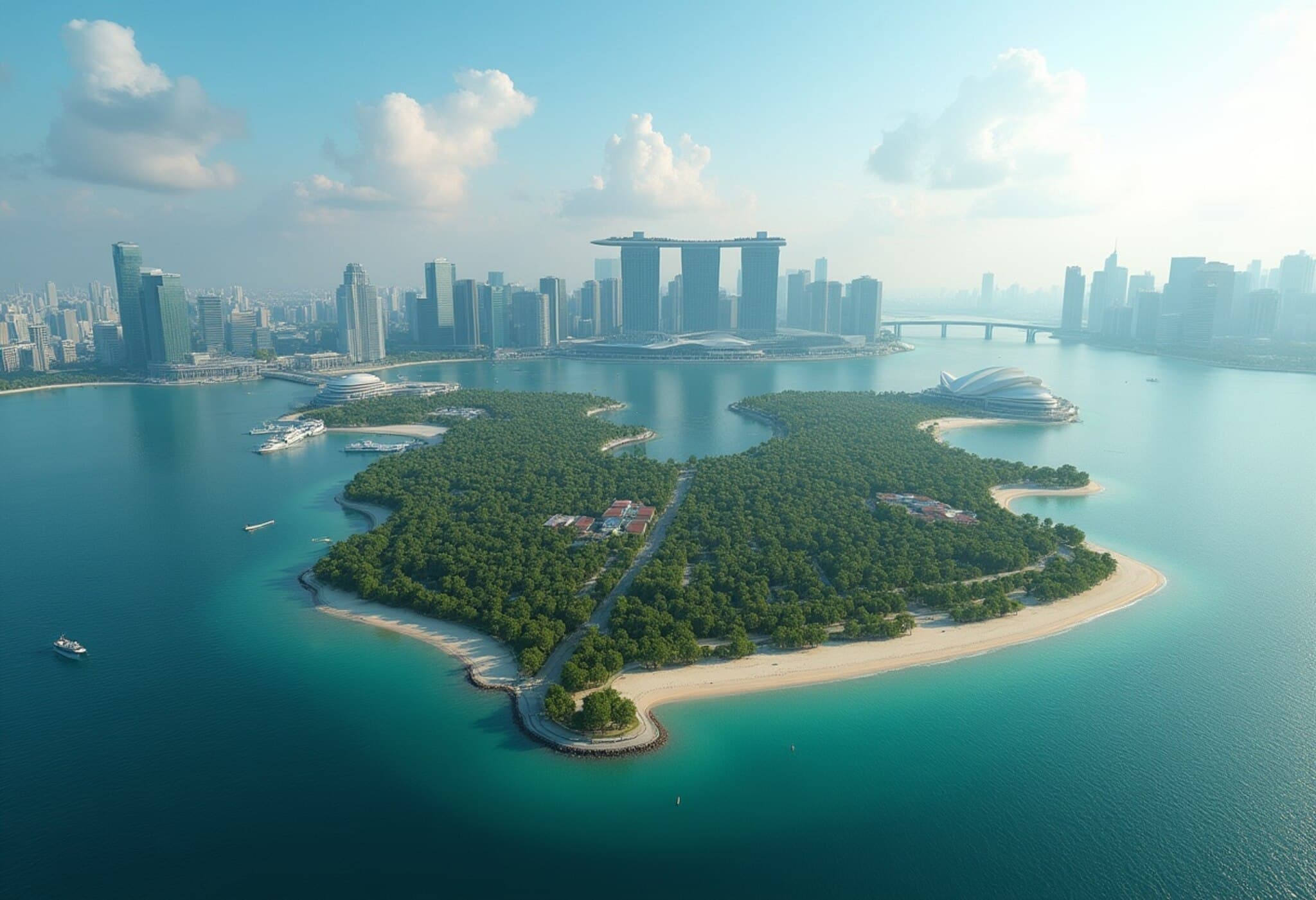Singapore’s Bold Plan to Build Artificial Islands in Response to Climate Threats
Facing the relentless advance of rising seas, Singapore is contemplating an extraordinary engineering solution: constructing a sprawling 7-km artificial "Long Island" along its vulnerable east coast. Announced by Prime Minister Lawrence Wong during the 2025 National Day Rally, this visionary initiative seeks not only to shield the city-state from climate-related flooding but also to create valuable new land for homes and public spaces.
Why Singapore is Turning to Artificial Islands
As one of the world’s lowest-lying nations, with roughly 30% of its land less than five metres above sea level, Singapore is acutely exposed to climate change risks. Forecasts from the country’s Centre for Climate Research warn that sea levels in the region could rise by as much as 1 metre by 2100, a scenario that would threaten critical infrastructure, displace communities, and disrupt economic activity.
Prime Minister Wong emphasized the gravity of the challenge, noting that Singapore might need to invest upwards of 100 billion Singapore dollars over the long term to safeguard its shores and build resilient urban environments. “This is a massive undertaking,” Wong acknowledged, underscoring how climate adaptation strategies are becoming national imperatives.
Details and Design: What the ‘Long Island’ Might Look Like
The proposed Long Island would serve multiple functions. At its core, it would feature a reservoir shielded by a robust sea wall, converting parts of the open sea into a freshwater basin—a concept similar to existing facilities at Marina Bay and Punggol Reservoir. This innovative design could alleviate water scarcity issues while doubling as a protective barrier against storm surges.
Moreover, plans include exploring residential developments perched above this reservoir, effectively turning the artificial island into a vibrant mixed-use district combining housing, recreation, and essential infrastructure.
Still in early conceptual phases, the project lacks a finalized timeline or detailed budget beyond broad investment estimates. Singapore’s Ministry of Sustainability and the Environment has meanwhile committed to comprehensive public consultations, seeking community input to refine the plans and balance environmental, social, and economic priorities.
Expert Perspectives: Long-Term Vision Meets Engineering Challenges
Experts highlight the project’s ambitious scope but commend Singapore’s forward-thinking approach. Adam Switzer, professor of coastal science at Nanyang Technological University, describes the scheme as “a testament to Singapore’s decades-long tradition of meticulous, long-term urban and environmental planning.” This aligns with the city-state’s historical success in land reclamation and resource management, positioning it well to navigate complex climate adaptation projects.
Yet, challenges remain. Engineering resilient sea walls capable of withstanding intensified storm patterns, maintaining ecological balance amid large-scale marine modifications, and ensuring affordability for future residents will require multidisciplinary expertise and innovative policy frameworks.
Regional and Global Implications
Singapore’s Long Island project could serve as a blueprint for other coastal metropolises grappling with climate change. American cities like Miami and New Orleans, which face similar sea-level rise threats, may watch closely as this Asian island nation pioneers integrated infrastructure blending land expansion with climate defense.
At the same time, the venture raises important questions about equitable climate resilience globally. Can costly engineering projects be designed inclusively so that vulnerable populations benefit? How will environmental impacts be minimized? And what governance models best support transparent, participatory planning?
Conclusion
Singapore’s proposed construction of a 7-kilometer artificial Long Island presents a bold example of how visionary leadership and strategic urban planning can confront one of the 21st century’s greatest threats. By intertwining climate resilience with sustainable development, the city-state not only protects its future but also offers the world a compelling model for adaptation amidst rising seas.
Editor’s Note
As rising tides continue to pose existential risks, Singapore’s Long Island initiative prompts us to rethink urban resilience on a planetary scale. Will investment in megastructures be the key to safeguarding coastal cities, or will holistic approaches integrating nature-based solutions provide more sustainable pathways? How might international cooperation and innovative financing mechanisms accelerate such climate adaptation measures? These questions merit our close attention as the climate crisis unfolds.



















